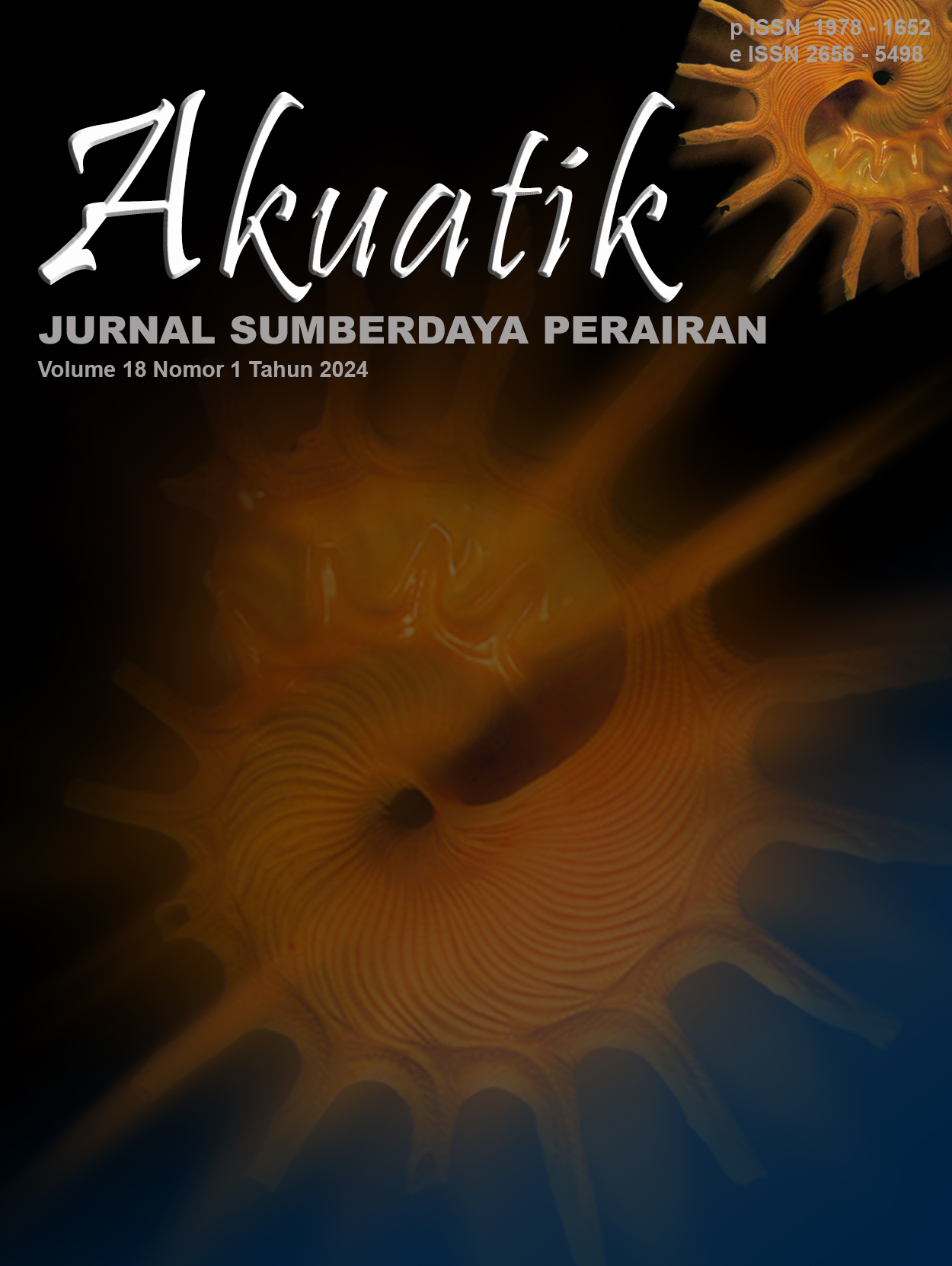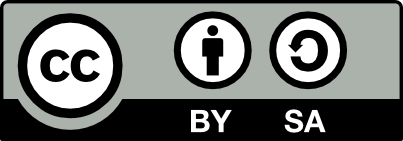Analysis of Water Quality in Vaname Shrimp Pond CV. Putera Manggala Abadi, Pagarawan Village
DOI:
https://doi.org/10.33019/akuatik.v18i1.4969Keywords:
Analisis Kualitas Air, Budidaya, Udang VanameAbstract
Vaname shrimp (Litopenaeus vannamei) is valued as a superior variety, however, knowing the parameters of water quality is needed, so the role of water is very important to pay attention to according to the needs of Vaname shrimp. The purpose of this study is to analyze the value of water quality parameters in the Vaname shrimp farming area which includes temperature, Total Suspendid Solid (TSS), pH, salinity, Dissolved Oxygen (DO), Biological Oxygen Demand (BOD) and ammonia in CV. Prince of Manggala Abadi. Analysis activities were carried out at three stations, namely Station I (Selindung river), Station II (shrimp pond) and Station III (pond wastewater). This research method uses the Storet method and wastewater holding capacity. The results of parameter measurements on the water quality of the three stations are in accordance with quality standards, namely temperature, Total Suspendid Solid (TSS), salinity, pH, Dissolved Oxygen (DO) and Biological Oxygen Demand (BOD). The results of water quality measurements that are not in accordance with quality standards, namely ammonia parameters. The calculation of river water quality status (Station I) using the Storet method shows a total score of -4. The results of calculating the status of wastewater quality using the carrying capacity of water pollution loads show BPA < BPM, where wastewater is still in accordance with quality standards. Regular measurement of water quality parameters can allow anticipating the impact on Vaname shrimp resulting in productivity levels. In overcoming fluctuations in environmental parameters, it is necessary to change water, pony, and administer probiotics periodically.
Downloads
Downloads
Published
Issue
Section
License
Under this license, others are permitted to share (copy and redistribute the material in any medium or format) and adapt (remix, transform, and build upon the material) for any purpose, including commercial use. Appropriate credit must be given to the original authors, a link to the license must be provided, and any modifications or derivative works must be distributed under the same license. This condition ensures that the original work and all derived content remain openly accessible under identical terms.








